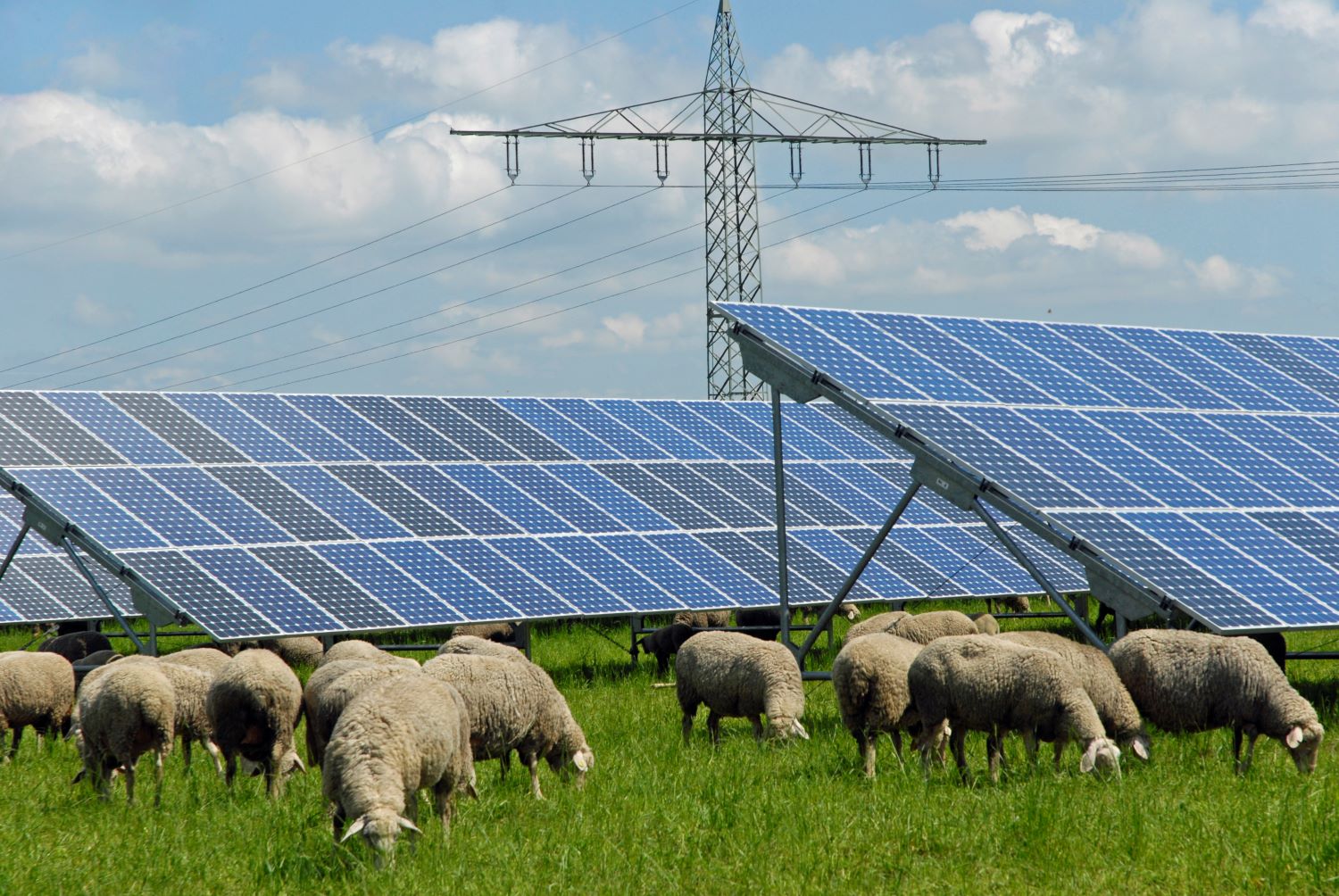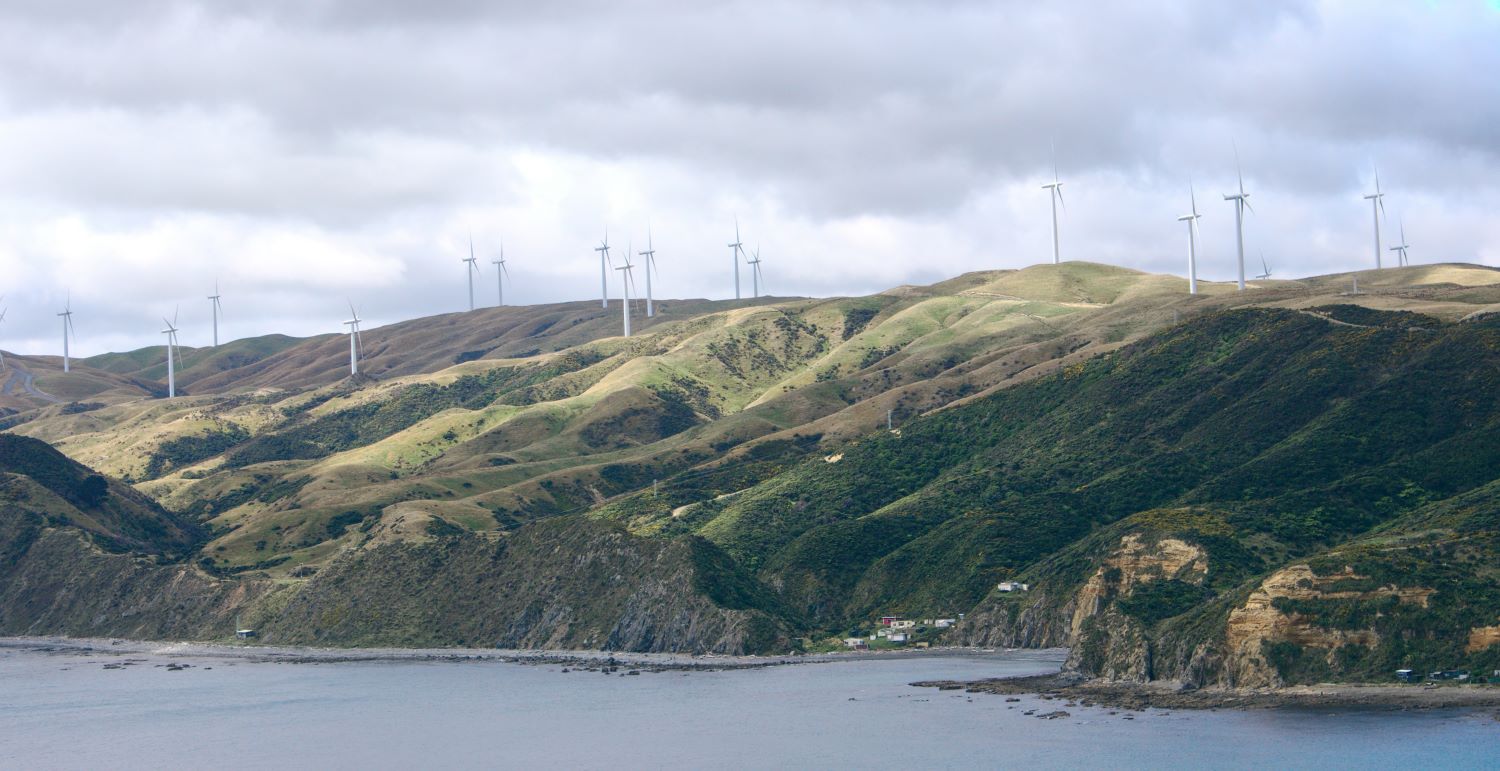The Spatial Planning Bill (SPB) is New Zealand’s first formal framework for spatial planning and requires central government, local government and Māori to work together as a regional planning committee (RPC) to develop a regional spatial strategy (RSS).
As an overview, the SPB works in tandem with the Natural and Built Environment Bill (NBE Bill) to create a single integrated system with shared definitions, outcomes, functions, and processes. The SPB integrates the functions of the NBE Bill, Land Transport Management Act 2003, and the Local Government Act 2002 to develop long-term RSS that set out a vision and objectives for regional development to occur over at least a 30-year-plus time frame across New Zealand.
Regional Spatial Strategy
A RSS is the integration of multiple local government planning documents into one planning document that provides a vision and objectives for regional development over a 30 year time-frame, sets out priority actions to achieve those visions and objectives, and provides strategic direction to the RPC on various matters including what areas are suitable for a range of purposes. Accompanying the RSS will be an implementation plan and possibly an implementation agreement which will all primarily be developed by the RPC.
The RSS must be consistent with, or give effect to the National Planning Framework under the NBE Bill. Each geographic region will have one RSS, eg. Bay of Plenty, which will be reviewed by the RPC every nine years or in certain circumstances such as significant change in the region.
Accompanying the RSS will be an implementation plan which sets out how priority actions in the RSS will be undertaken and monitored. The implementation plan must be adopted within six months after adopting a RSS and must be reviewed every three years, or when there is a significant change to the RSS.
An implementation agreement may accompany the RSS and implementation plan by setting out a programme of activities that parties such as central or local government intend to carry out to deliver or regulate a priority action from the RSS. An implementation agreement is not enforceable, and must be entered into by two or more people who have a role in the delivery or regulation of a priority action.
Regional Planning Committee
The RPC’s role is to develop their region’s RSS and will consist of a minimum of six members from; local government, local hapū, iwi and Māori (minimum of two), and central government. Community and key sector group involvement and engagement will be developed by each RPC.
The SPB sets out a step by step process for the development of an RSS with an emphasis on transparency between the RPC and the RSS eg. the RPC must publicly release how they reached their decision and what information they relied on. There is also the introduction of early engagement with interested parties (ie. private infrastructure providers and operators, non-government organisations, government organisation etc.) and the public on what the RSS should cover and what key issues and opportunities the RSS should focus on.
The RPC must follow various conditions when developing the RSS such as producing draft reports which are released to the public to show what has gone into developing the RSS. What the RPC must have regard to, or particular regard to is similar to what is currently required to develop current local planning documents, eg. relevant Government policy statements, but there are new matters that the RPC must not have regard to including effects on scenic views from private properties or land transport assets that are not stopping places, or effects on the visibility of commercial signage or advertising.
Once the drafting of the RSS is completed, the RSS will be notified for public submissions and amendments will subsequently be made based on feedback.
Submissions on the SPB are open until 5 February 2023. Please get in touch if you would like to discuss the SPB or make a submission.



